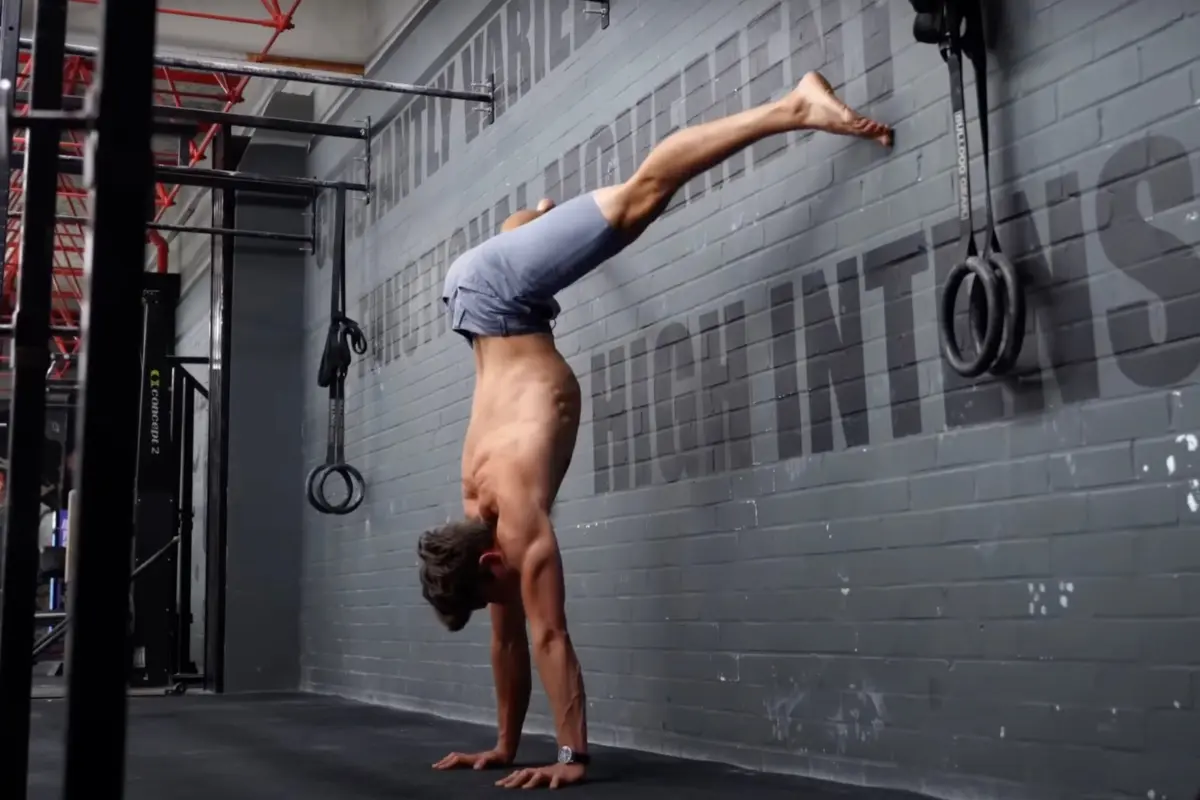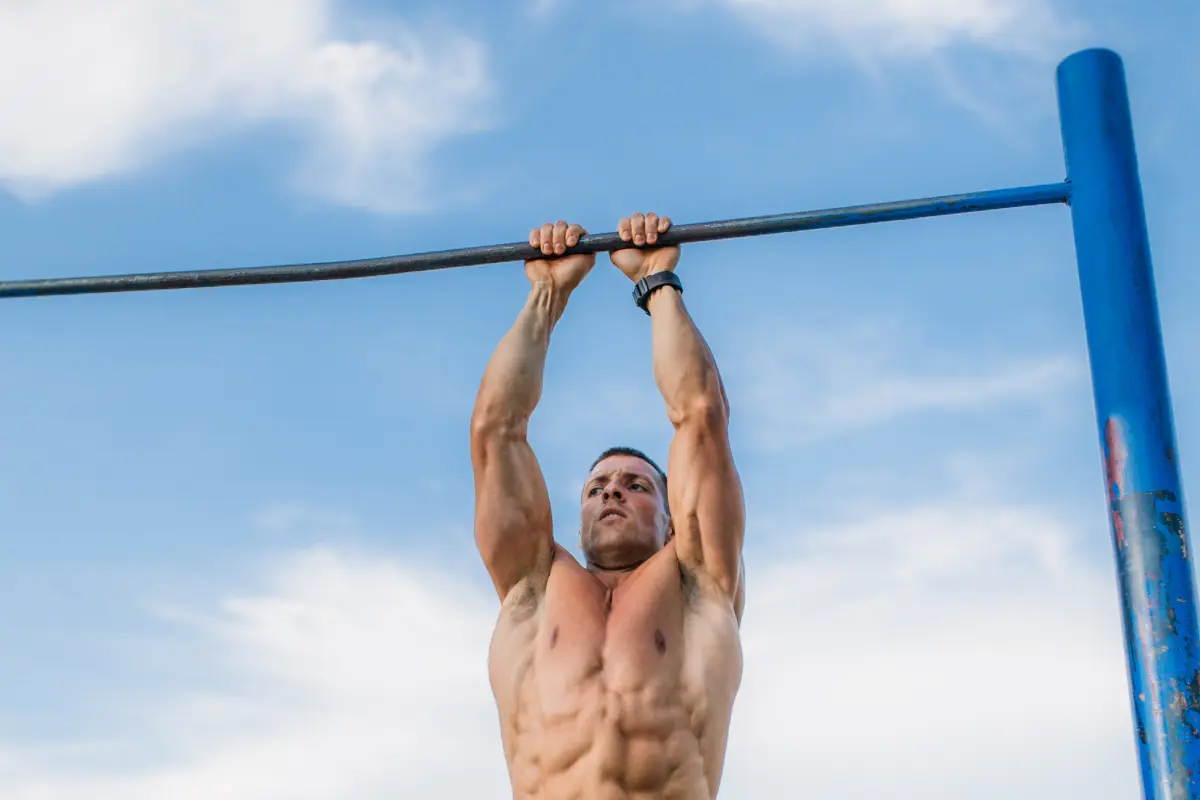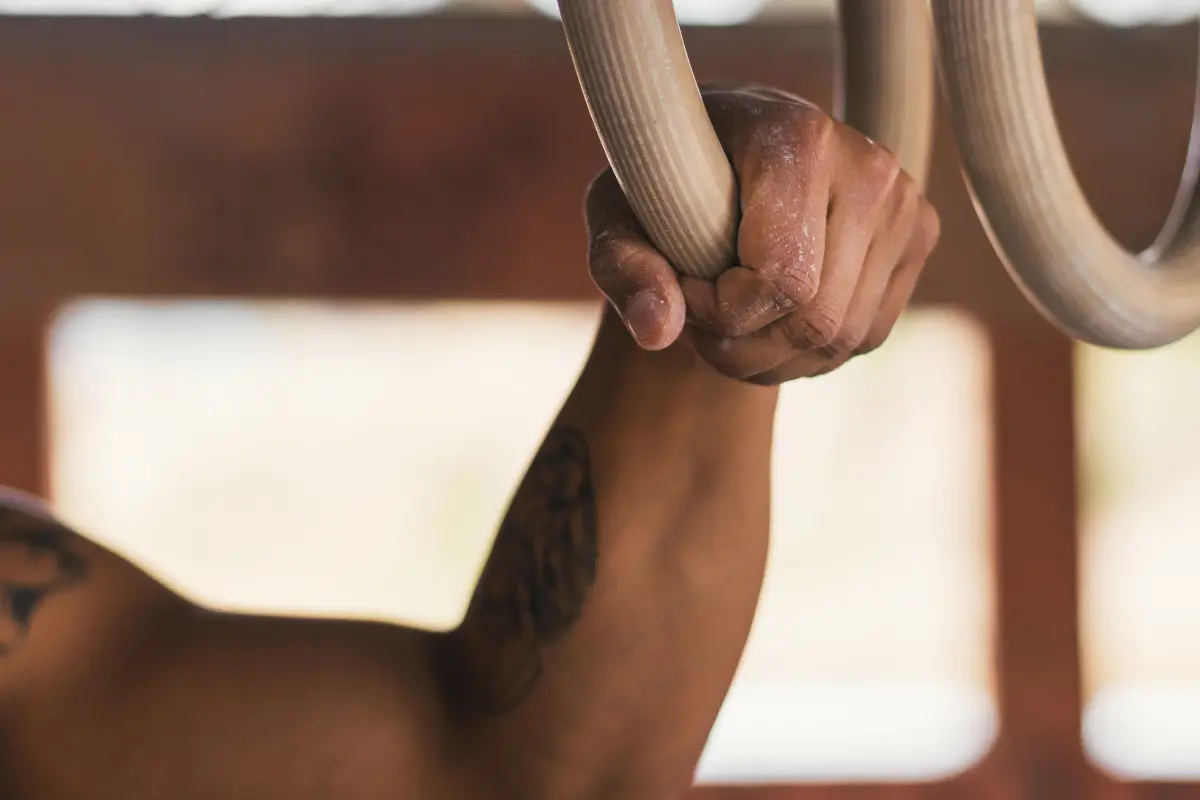The press to handstand is an impressive and challenging movement. For many, it’s a daunting task until they manage to do it once. Instead of spreading your efforts across numerous drills, it’s more effective to focus intensively on one or two core exercises.
The Key Exercise: Wall Press Handstand
One of the best exercises to build strength for the press-to-handstand is the wall press handstand, specifically the chest-to-wall version.
A chest-to-wall press handstand is a variation of the handstand where you start with your chest facing the wall and use the wall to help you press into a handstand position. This drill focuses on developing shoulder and trapezius strength without requiring advanced skill or flexibility.
Here are the key reasons why the chest-to-wall press handstand is so effective:
- Strength in the Negative Range of Motion
We are typically stronger in the negative (eccentric) phase of a movement. This drill allows us to lower ourselves through a larger range of motion.
Since the press to handstand becomes more challenging as we lower, practicing the negative phase helps us train this difficult portion effectively, bringing us closer to achieving the full press to handstand.
- Focusing Load on the Shoulders
When we train with the chest against the wall, all the load is directed through the shoulders. This contrasts with the back-to-wall version, where the wall supports the shoulders and reduces the load, thus diminishing the strength-building effect.
By keeping the chest against the wall, we ensure that the shoulders bear the full load, which is crucial for developing the strength needed for the press to handstand.
- Foot Assistance for Greater Range of Motion
The friction of the feet sliding down the wall provides some assistance, allowing us to perform the movement through a larger range of motion.
This assistance helps reduce the load slightly, enabling us to train deeper into the movement and improve our strength and flexibility.
- Reinforcing Proper Technique
The wall serves as a barrier that helps reinforce the correct movement pattern for the press to handstand.
It encourages us to position our hips over our hands, push our shoulders under our hips towards the wall, and pull our legs in tight. This alignment helps us move past the 90-degree angle and lower into the press position correctly.
Steps to Perform a Chest-to-Wall Press Handstand
Before attempting a wall press handstand, ensure you can comfortably hold a freestanding handstand and have good hamstring flexibility. Strengthening your shoulders, wrists, and core through exercises like planks, shoulder taps, and wrist stretches will also help.
- Starting Position: Stand facing a wall with your feet about hip-width apart and a few inches away from the wall. Place your hands on the ground, shoulder-width apart, a short distance from the wall.
- Walk Up the Wall: Shift your weight onto your hands and begin to walk your feet up the wall behind you. Continue until your body is in a vertical position with your chest close to the wall.
- Handstand Position: Once your hands are firmly planted and your body is aligned, engage your core and press your body upwards into a handstand position. Your body should be straight, with your head in a neutral position and your eyes looking between your hands.
- Press Movement: From the chest-to-wall handstand, begin the press movement. Slowly lower your legs towards the floor, either through a straddle (legs wide apart) or a pike (legs together) position. Control the movement with your shoulders and core.
- Return to Handstand: Reverse the movement by pressing your legs back up to the handstand position. Keep your core engaged and maintain control throughout the motion.
- Descent: To come down, bend at the hips and walk your feet back down the wall until you are standing again.
Common Mistakes in the Wall Press Handstand Drill
When practicing the wall press handstand drill, avoiding common mistakes can significantly improve your progress:
Standing Too Far from the Wall
Many people start too far away from the wall, making it difficult to keep their hips over their hands and utilize the wall for foot assistance. As the movement gets harder the lower you go, you need this assistance.
To find the right distance, begin in a pike position with your hips resting on the wall and your hands firmly on the ground. This should be the correct distance. If you have less mobility, your hands might be placed further away, which can be adjusted as you practice.
Losing Foot Connection with the Wall
Another mistake is losing connection with the feet on the wall because you stay too wide in the straddle position. Instead, think of your movement like a windscreen wiper, bringing your feet inward as you reach the bottom position closer to a pike.
This movement better mimics the press to handstand and allows you to use more assistance from the wall to maximize the drill’s effectiveness.
Incorrect Push Direction
Finally, think about the direction of your push. When pressing into a handstand, it’s a mix of pulling your legs in and pushing your shoulders up.
Avoid letting your shoulders move too far forward. Instead, aim to keep them aligned with your hips for as long as you can. This approach helps build the necessary strength for the press and teaches you the proper form for transitioning to freestanding handstands.
Conclusion
Practicing the chest-to-wall press handstand helps you build muscle memory and improve body alignment. The wall acts as both a guide and a support, allowing you to focus on proper form without worrying about falling.
Incorporating this exercise into your training regimen will undoubtedly accelerate your progress towards achieving a freestanding press to handstand.













